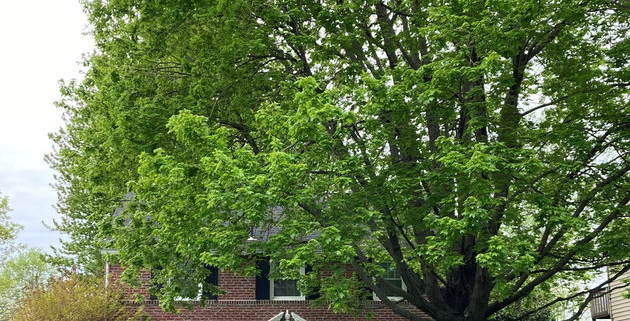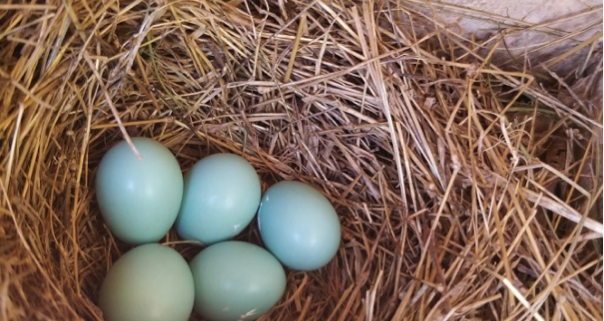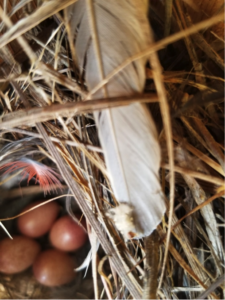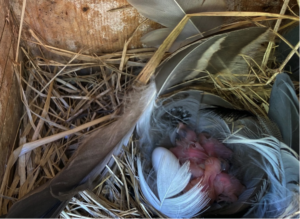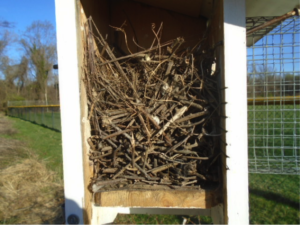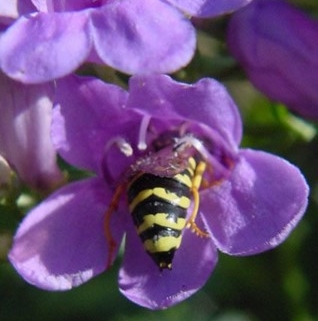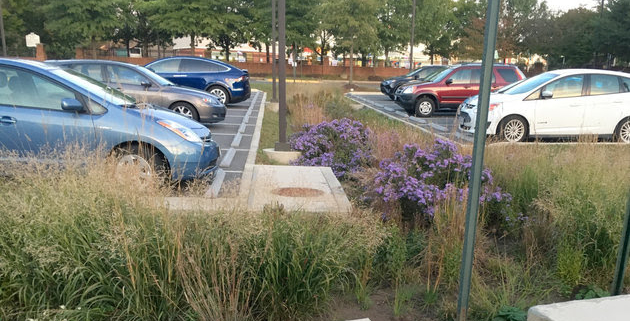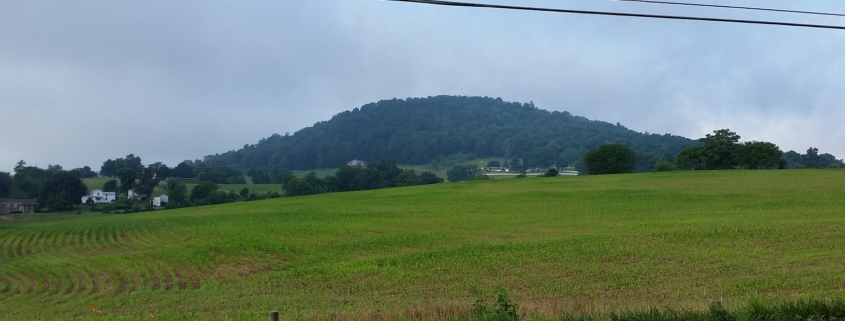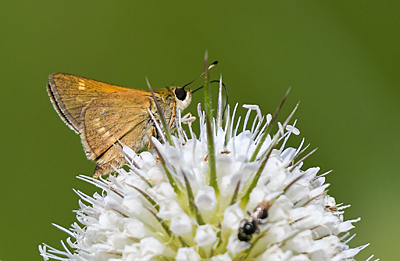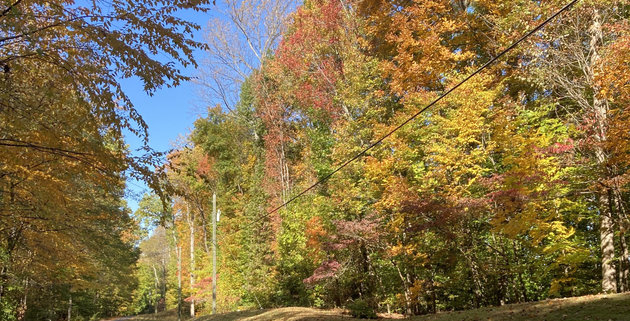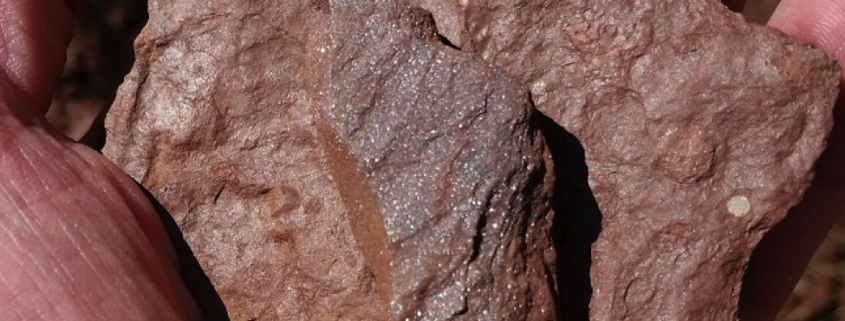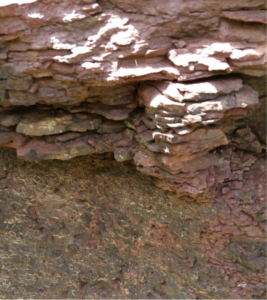Save a Sapling: Pull Invasives
Photo: Plant NOVA Trees
Article by Laura Handley
One of the most satisfying moments of invasive plant management comes when you pull the last vine off a struggling native sapling, freeing it to claim its full share of sunlight and grow without restraint.
Volunteers with Fairfax County’s Invasive Management Area (IMA) program get to do just that twice a month at Idylwood Park in Dunn Loring. In a series of workdays, primarily on Saturday mornings, these volunteers have worked to clear invasives from a meadow along the park’s driveway. A wide range of people have participated so far, from scout troops to high-school students seeking service hours to venerable Virginia Master Naturalists. Several have brought family or friends to chat with as they work, taking advantage of the chance to socialize outdoors.
According to Patricia Greenberg and Gloria Medina, the coordinators of the IMA program, several of the saplings the volunteers have uncovered (including black walnuts, multiple species of oaks, and a large Honey Locust) were planted by the park service in the late 2000s. But the area around the saplings was left unmowed and unmonitored, allowing invasive vines to creep in from adjacent areas. By the time the volunteers started working, those invasives dominated the meadow.
The volunteers’ first challenge was to clear a path to the trees, which were blocked not just by the invasives but also by Poison Ivy and thorn-covered blackberry canes (both of which are native plants but which were blocking the way). Next came the delicate operation of untangling the vines from the young trees’ branches. Any vines growing out of reach were left to hang on the trees, where they will eventually die and fall down on their own. The final challenge has been maintenance: keeping the vines from re-growing to cover the trees again. After repeatedly cutting them to the ground failed to do the trick, Greenberg and Medina joined site leader Laura Handley one morning this fall to apply herbicide to the vines’ stumps. This targeted application should hopefully finish off the vines (while leaving the surrounding vegetation unharmed).
The rescued trees are often oddly shaped, their crowns pulled sideways and their trunks wrapped with spiraling vine-scars. But as they grow, now free of obstructions, they should straighten up and fill out. And by rescuing existing trees rather than clear-cutting the area, the volunteers have given the meadow a ten-year head start on the process of returning to a mature forest.
Once the meadow is clear of invasives, the group plans to spread seeds for native wildflowers over the ground they’ve bared — that is, if any of the ground stays bare. In the two years they’ve been working on the site, several native species have reappeared or expanded their footprint, including Common Milkweed, Canada Goldenrod, Wingstem, Foxglove Beardtongue, and New England Aster. This robust layer of herbaceous plants will help keep invasives from returning to the site and will serve as food and habitat for many native insects, birds, and other critters–and as the saplings grow, they’ll start to do the same.
Winter is a great time to rescue trees, since it is easier to get at them and cold temperatures are good for working. The winter workdays for this site will soon be posted to the IMA program calendar, and similar volunteer events in locations throughout Northern Virginia can be found on the Plant NOVA Trees website. https://www.plantnovatrees.org/rescuing-trees


